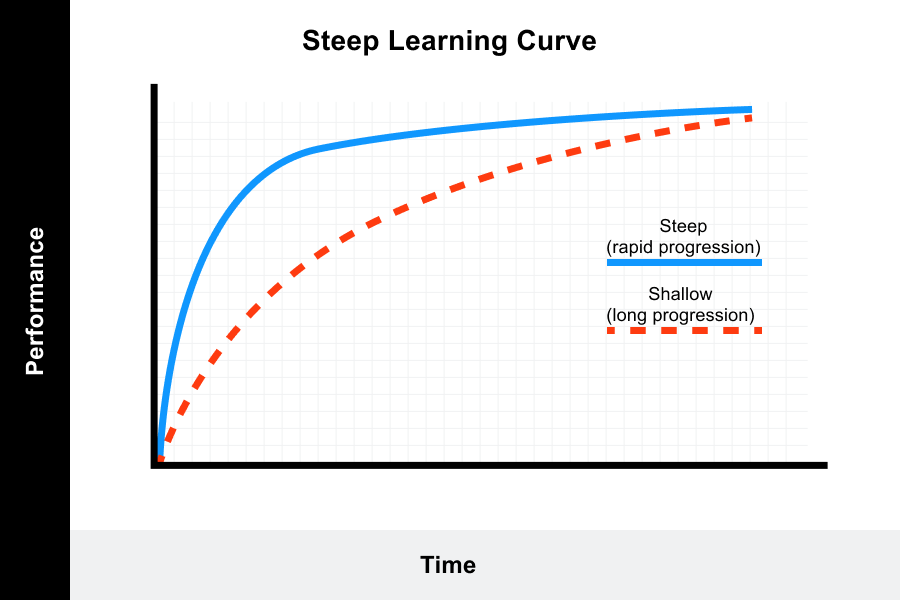Sylabus, Working Flow, Learning Objectives.
ECB1ID: Introduction to Applied Data Science:
Introduction to Applied Data Science is a course of that set the stage for the overall knowledge and skills that students will master in minor Applied data science for economists and is offered in the fourth period, second semester, of the first year of the Bachelor’s Programme in Economics and Business Economics. It is a course of 7.5 ECTS (European Credit Transfer System) and this equals a studyload of 210 hours.
Lectures
Knowledge: On successful attendance and participation of lectures, the student can:
- Undertand the importance of Data Science and Machine learning.
- Have awareness and understanding of the field of Data Science.
- Perform basic data analysis and visualization with R.
- Gain understanding of the statistical thinking.
- Distinguish between descriptive, predictive, prescritive and causal analysis.
- Gain awaress of the role of Data science for economics and functioning of society.
Tutorials
The purpose of the tutorials to to teach you Data Science using the R-language in the simplest way to encourage new users. Learning Data Science goes hand in hand with gaining skills of a computer programming language.
I have identified, through my experience of teaching R, six main building blocks of the language. We will cover this blocks in the following way:
- Week 1: Learn R and its integration with R-studio, the operators, the atomic element and basic operations in the console.
- Week 2: Learn basic
objectcreation and manipulation:vectors,matrices,dataframes,arrays,lists. - Week 3: How to read/save data from R, and how to perform descriptive statistics and linear regression.
- Week 4: Basic Data Visualization Using R.
- Week 5: Basic Algorithms 1: Use of
functions,loops,while,if,elsestatements. - Week 6 onward, we will deploy our skill running Machine Learning (ML) algorithms and String Analysis.
Skills: On effective comleation, students should be able to:
- Undertand the R syntaxys, namely, the core
operators. - Write
snippedsof code with the correct semantic. In other words, the correct placement of the operators to give the correct instruction to the computer. - Correct use of R-scripts.
- Use the basic data structures (lists, arrays, matrices, vectors and data frames) in an appropiate manner.
- Open, save and manipulate datasets.
- Load packages and read documentation of
functions. - Resolve
warnings,errors, and basic programming problems. - Implement basic algorithms and elementary ML functions.
Instructutions for the the tutorials.
The exercises are simple, design to develop intuition, confidence to step the learning curve!

Source: Valamis, 2020
- Each weak, you will take look in this repository and read the corresponding tutorial exercise for each week.
- Here in this website, I am posting the instructions and the solutions to all the exercises.
- Your task is to perform all the excercises of each tutorial in an
Rscrip, you can download the template. - The weekly submission of this tutorials is mandatory. Each assignment will count for 25% of the final grade.
- Here you can see an example of what to do in each tutorial:

Tip: I recommned to download the instructions in this link, and view in your computer.
Literature:
If you want to increase your knowledge of R and accelerate your learning check out:
- The excellent Introduction to R from Datacamp.
- The Comprehensive R Archive Network (CRAN) also has a more comprehensive manual.
-
Watch for free the videos of the Advance Your Skills as an R Expert, from Linkedin
- Histoty of R by Roger Peng